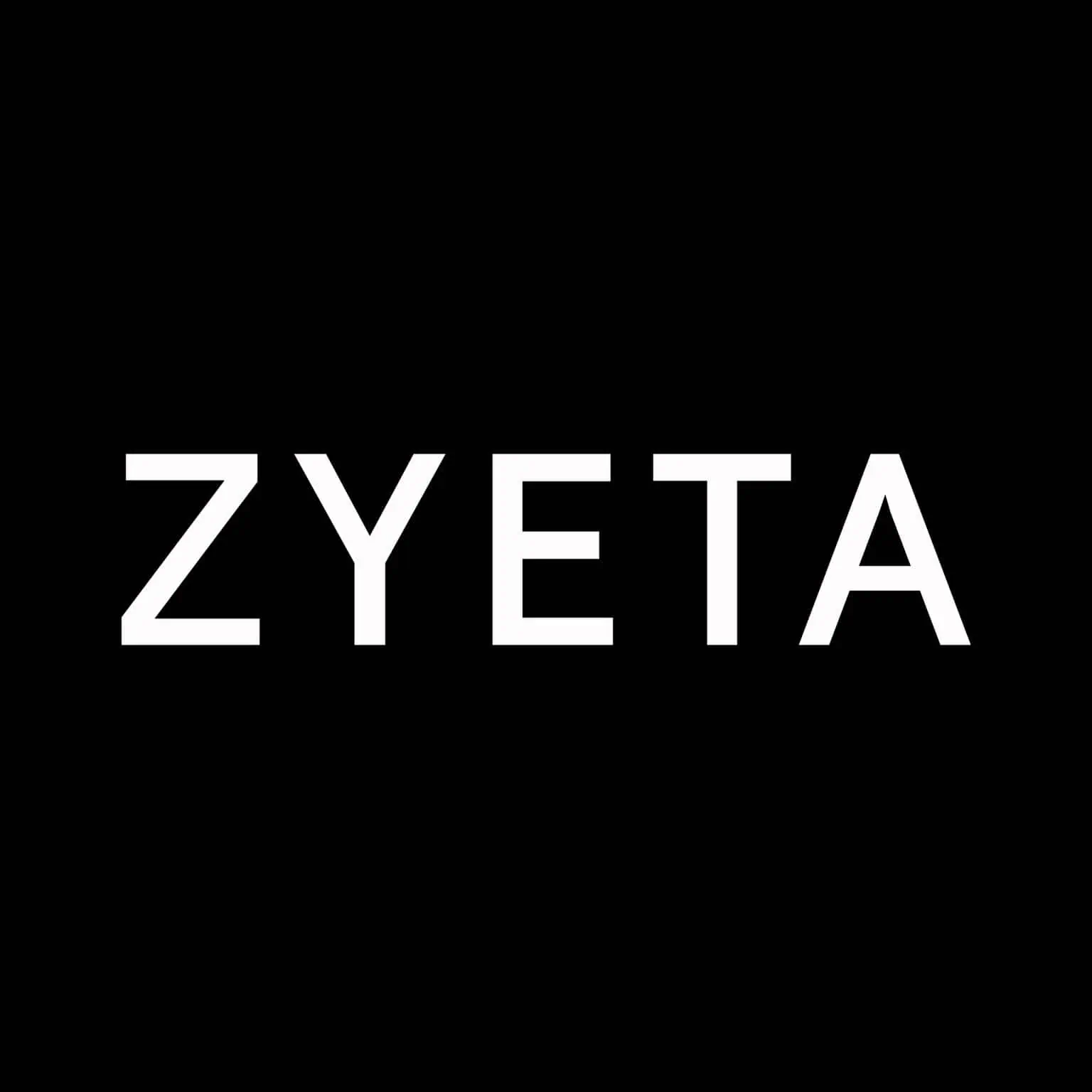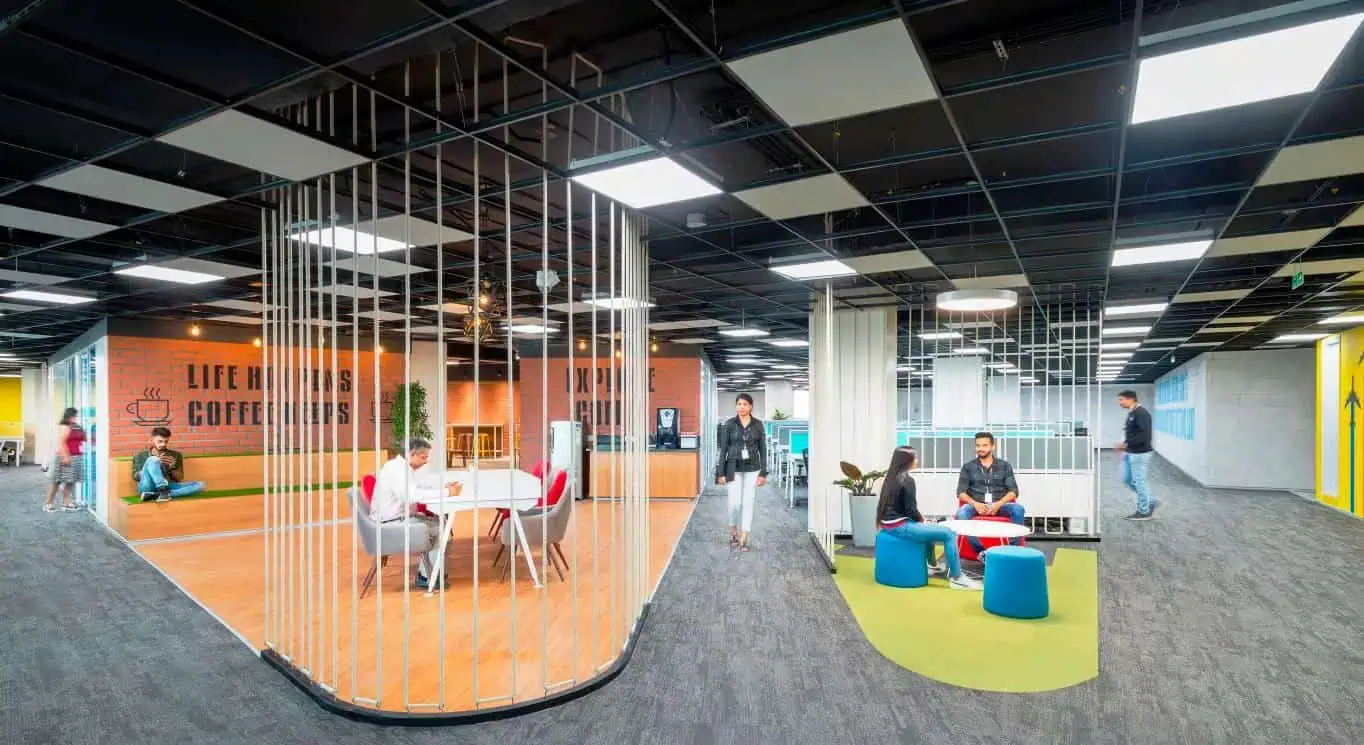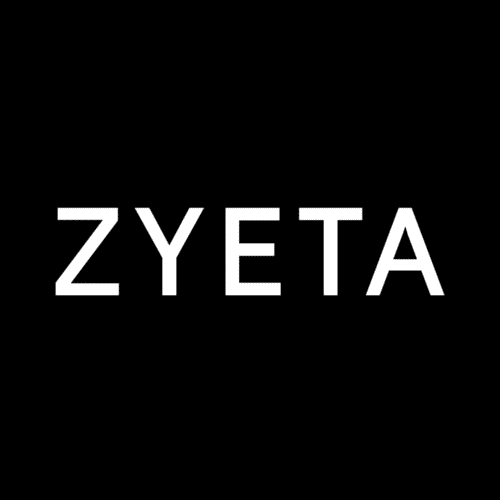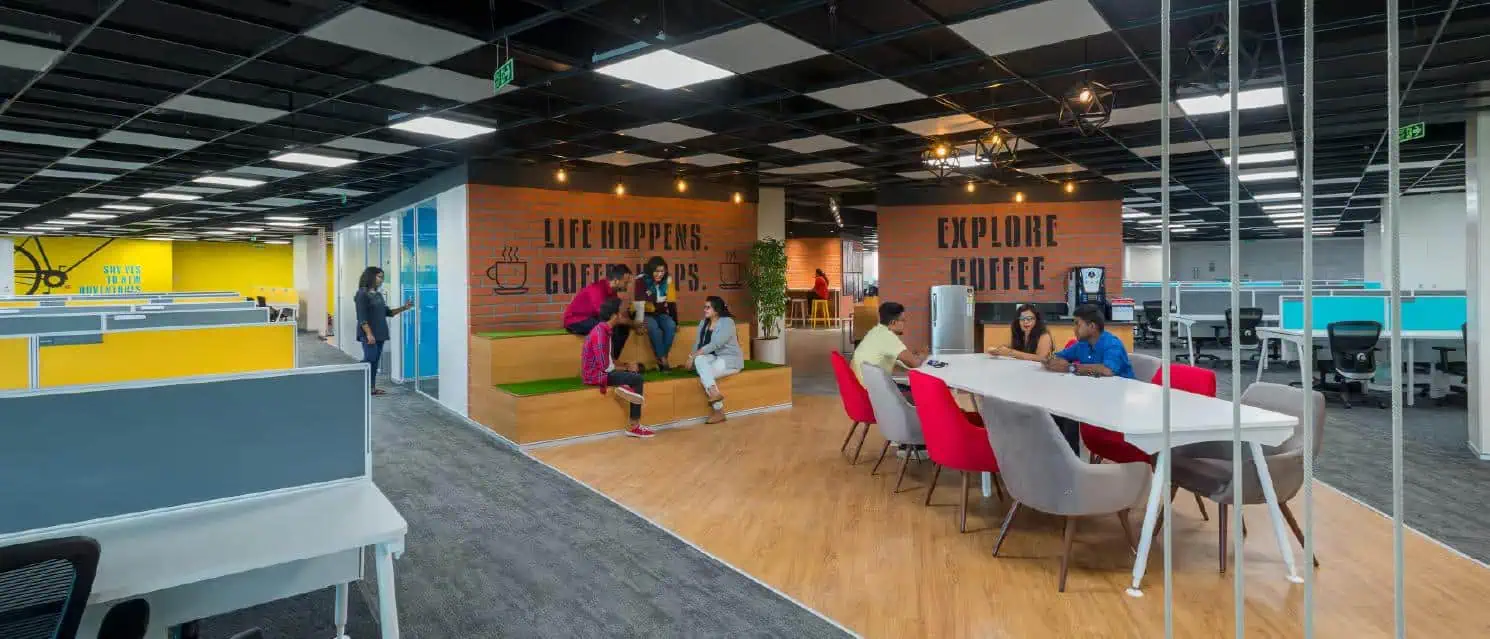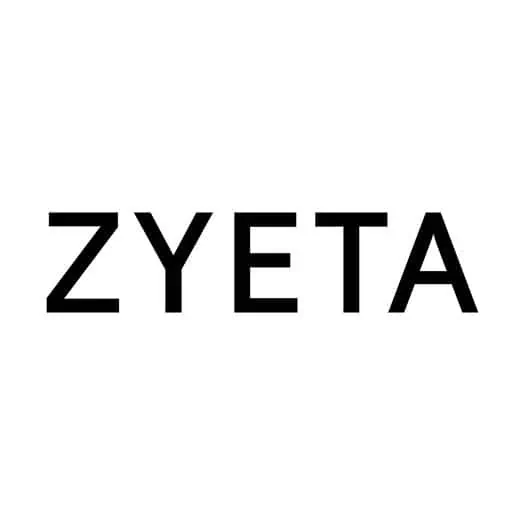[vc_row][vc_column][vc_column_text]
Workplaces evolve over time in terms of design, because they evolve in terms of people.
They’ve been home to different generations throughout the years with differing value sets, and these paradigm shifts have had a direct impact on the nature of workplaces themselves– the different elements within them, what their nature is and what they mean to their employees. Each generation has a different mindset, and one that is reflected in the changing nature of the workplaces themselves.
And it had to. Building people cultures is one of the primary objectives of an organization. People are what build, grow and evolve them, and represent what they will be in the future. As they evolve with the times, so should the organization in order to match their workplace needs and expectations. In other words, it’s like a relationship.
Like every relationship, it also has evolved over time. As quoted by CBRE: “Thanks to changes in work styles, technological advancements, space allocation and cultural shifts, the workplace has drastically transformed over the past decade.” The role and relationship a workplace has to its employee and what it means has evolved. From being a place that facilitated an environment where employees could focus and do productive work, its definition and exact nature has evolved into something far more complex over time. CBRE also mentioned that more and more companies ‘treat their employees like consumers’, which means there is an active movement in organizations towards reaching out and understand their mindset and sensibilities in order to better the work environment.
Employees that are part of Generation X—aka the people born between 1965 and 1978 — would have recollections of workplaces being more geared towards their drive, reserved and focused personalities. The emphasis was on stability and a procedure. They were also adept at task completion before the time of the internet, so there was an increased emphasis on offline communication and unplugged meetings in order to generate ideas and boost creativity. They also were big proponents of comfortable office furniture that would help them be comfortable for an extended stretch of time, in case of long hours of sedentary work. As noted by Inc. , they wanted to ‘apply themselves to move up the ladder’ rather than integrate themselves, or cater to a specific culture, or a vibe. Generation X’s preference for a structured work environment acts as the logical representation of the more stable, less-rapidly changing work environment they were forged in.
These values contrast drastically with the millennials or ‘Gen Y’, who are the exact opposite. Collaboration forms the crux of their work life. There is less focus on individuality, and more on being part of a movement, and finding their own personal identity through it. Hence, the advent of open office spaces and collaborative workplaces that foster a more interaction-based, people-centric atmosphere and enable them to perform to their best ability. They also have an increased value-centric mindset that they always hope that the workplace will represent. The biggest divider between them and Gen X though is technology. Millennials are increasingly adaptive and comfortable with changing technological trends –something that Generation X is still skeptical about.
Then there is the matter of the upcoming ‘Generation Z’, aka the people born between 1995 and 2010. These people are meant to create a major impact in the workforce. McKinsey calls them ‘true digital natives’ and even the ‘true gen’. These individuals also grew in the same economic prosperity that millennials did, but are less focused on self and more on learning. They are also equally as tech savvy (maybe even more so) and are more accepting of other viewpoints and carry liberal, open-minded beliefs. They are also more persistent, entrepreneurial and focused than Gen Y. Making them somewhat of an enigma in overall terms, as their impact on the workplace is highly anticipated.
It’s also no secret that different type of mindsets often hold contrasting values, and those are often in effect at the workplace—where there are a healthy amount of both Gen X and Gen Y employees, and Gen Z on the horizon — with the need for efficient collaboration and communication. A great workplace design in theory would cater to all generational types. It would ensure that there is a work environment where each generation feels catered to and welcome. As referred in the article ‘Designing the workplace for every generation in Workdesign Magazine: “To harness the potential of this highly skilled and diverse workforce, a focus on workplace design, with an emphasis on overall well-being, is key.”
Design focused on well-being is ultimately what will harness the true potential of the workplace. As stated in the article ‘How To Design Workplaces For Humans, Not Generations’ in the same magazine: “Good design must support both current and desired behaviors.” Hence, design excellence has to not be skewed towards a particular archetype, and have a mixture of different elements that have a good deal to offer to every generation. It should offer healthy options for both focused and collaborative work, offer scope for technological integration and innovation –all the while not forget aesthetic elements that please the mind and soul.
Great design should inculcate a human feeling, which should be inclusive of all and see no bias in anything.
[/vc_column_text][/vc_column][/vc_row]
Related read: How Inclusivity Will Bring Out the Best in Your Organization
